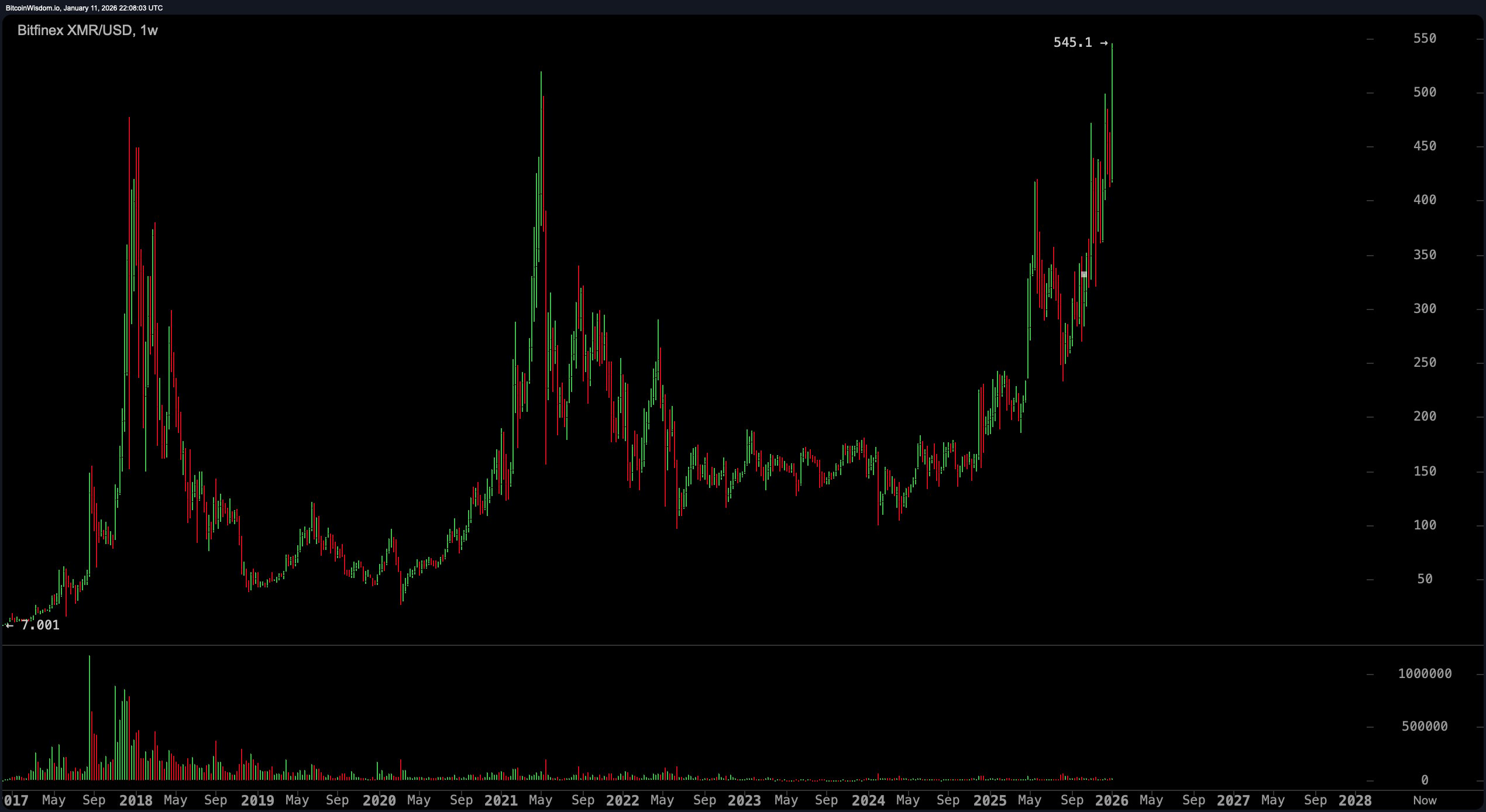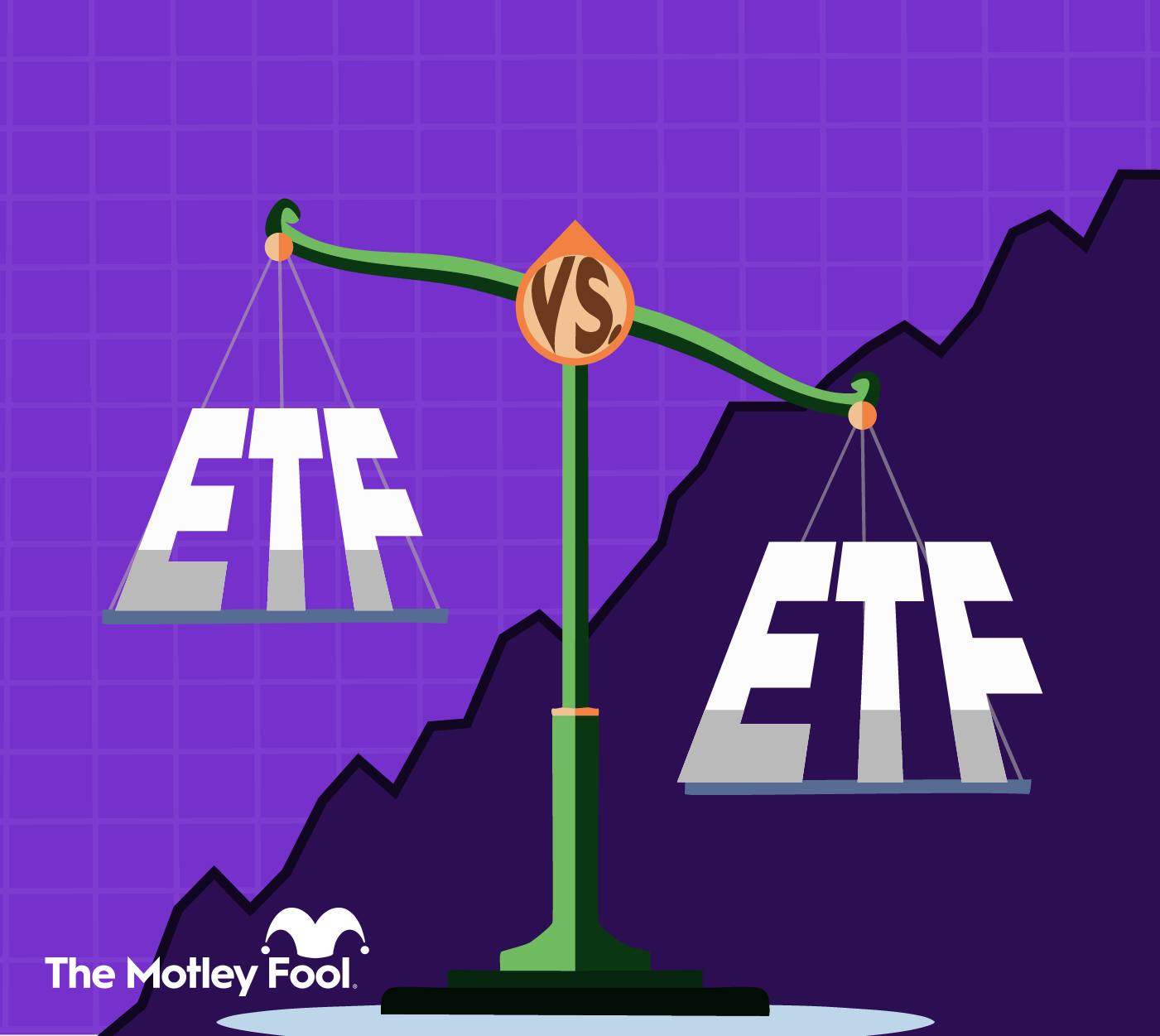ETFs of the Ring: VUG vs. IWY in the Arena of Affordability

This précis seeks to untangle the ribbons of fees, risks, and the kaleidoscope of holdings, that you might choose your champion with the wisdom of a back-alley numerologist rather than a coin-toss gambler.





